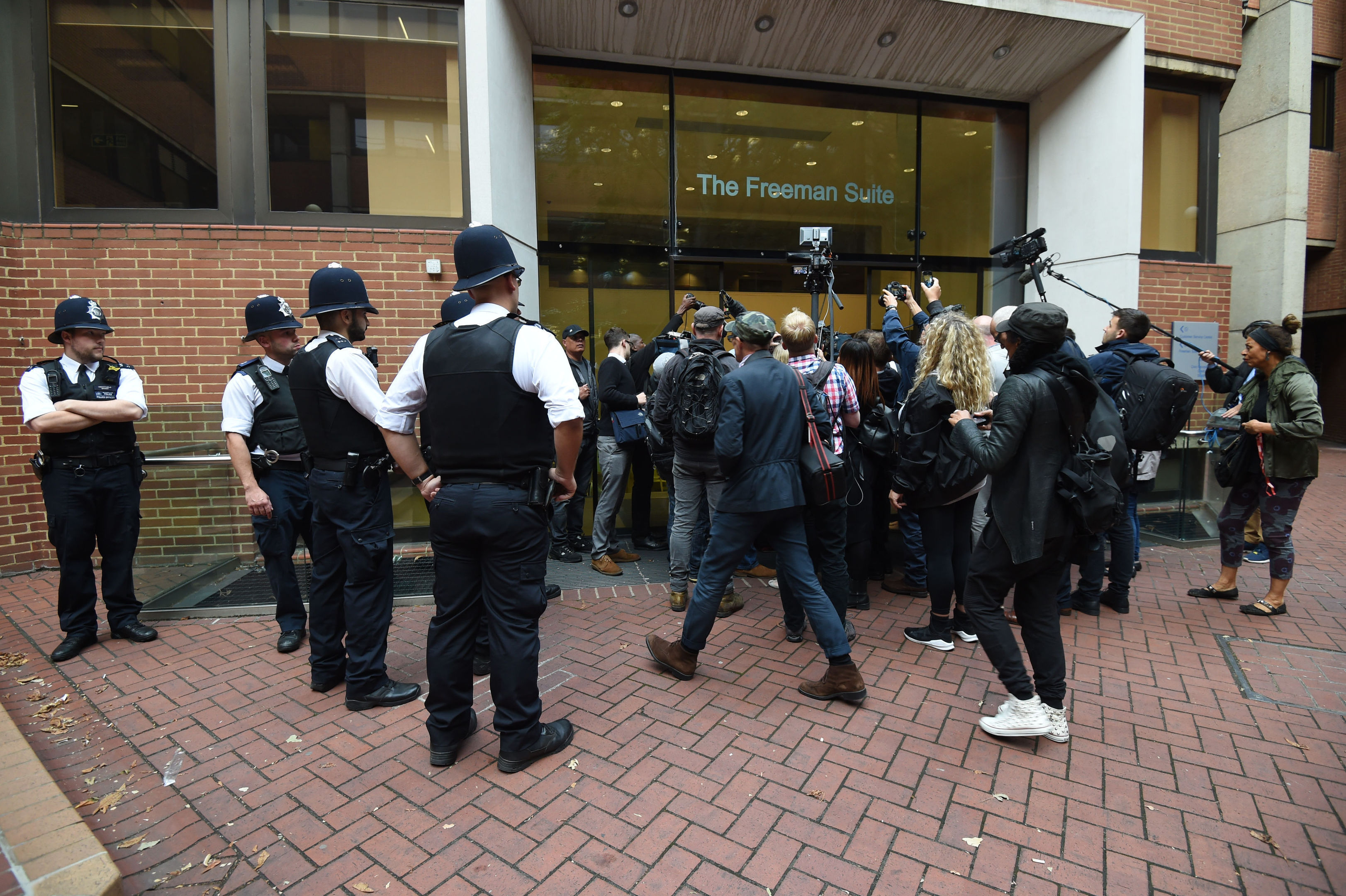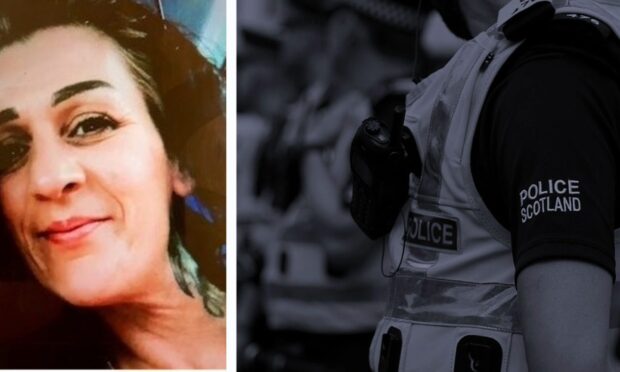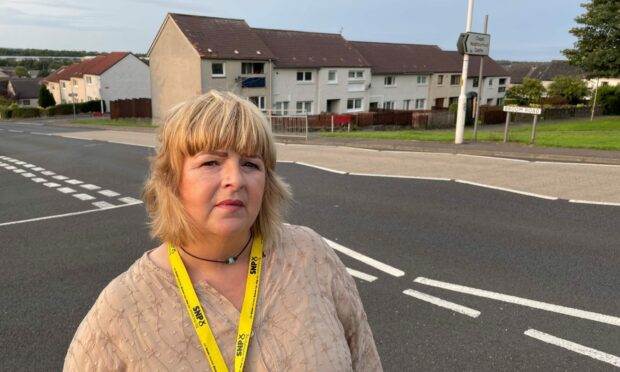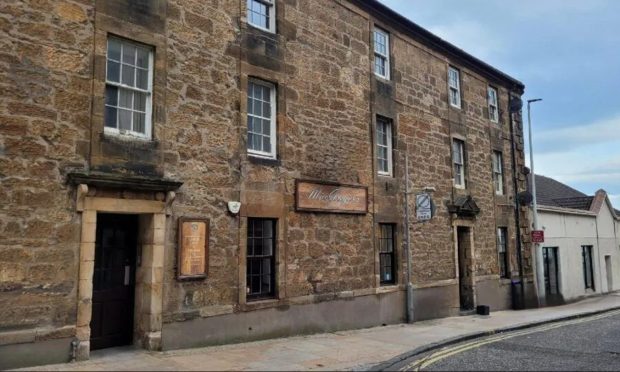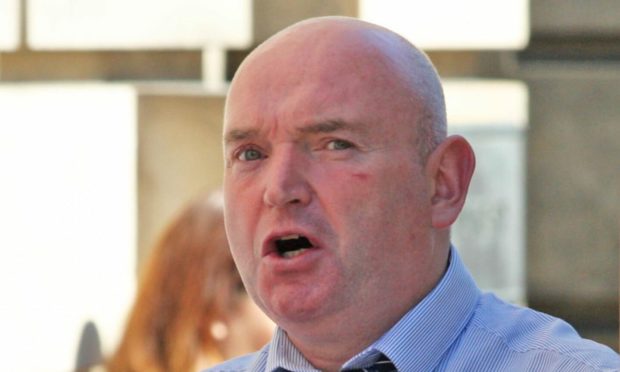It’s been a hard time for those involved in journalism of late.
We’re probably in one of the most hated professions out there, maybe slightly ahead of bankers and lawyers, and surveys suggest that the public’s perception of journalists across the globe has taken a substantial hit in recent years.
The actions of some journalists have given journalism a bad name, without a doubt, and in this era of seemingly countless elections and the smokescreen of fake news then it is inevitable that news gatherers and disseminators have a greater light shone upon them as people defend their own interests to the hilt.
For my own tuppence worth, I’m very much old school.
Report the news and be as balanced as I can. There’s no such thing as a stupid question.
And for me, a journalist’s primary goal should not only be to report the news in a truthful, accurate, unbiased and apolitical way, but should also be about holding those in power to account.
That’s what I’ve tried to do since I started working in the industry 14 years ago now, and I like to think most people I’ve dealt with know that.
Good news is good news, bad news is bad news. Not everyone is going to like what we have to say, but the media savvy know when – and how – to take the rough with the smooth.
I’m also man enough to hold my hands up when I get it wrong. One thing you’ve got to have as a journalist is a skin thick enough for all weathers.
So all that said, it has heartened me somewhat this week to see the furore sparked by Kensington and Chelsea Council’s decision to suddenly abort a meeting about the Grenfell Tower tragedy in London after journalists were allowed in.
A High Court order was needed to allow press access to the proceedings, but only after the assembled press pack and members of the public were initially barred by council leaders.
The meeting was still shelved, but it’s nice to see a journalist’s bread and butter, the right to attend a council meeting, defended in the way it was.
Those in positions of such power would do well to remember that the vast majority of journalists are doing their job in this type of instance.
It’s not a witchhunt. Indeed, those who start off from that standpoint could be construed as having something to hide.
When it comes to examining a tragedy of this magnitude, in which at least 79 people lost their lives, and any appropriate response thereafter, surely there can be no room for anything less than complete transparency in the process?
Journalists in all walks of life have simply got to be able to do their jobs without impediment, because if we’ve got hurdles in the way it’s the wider public who suffer.
Trying to bury bad news or keeping people in the dark will never work. The truth always will out.
